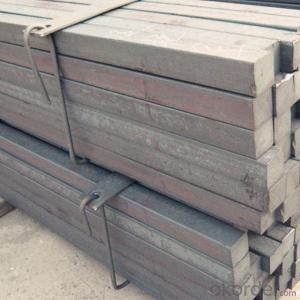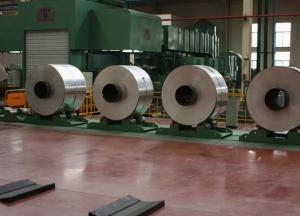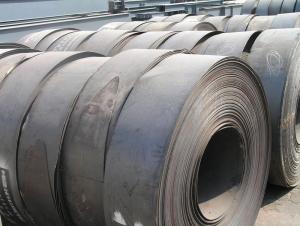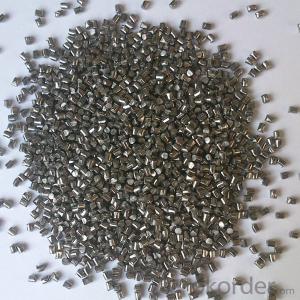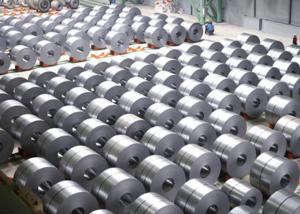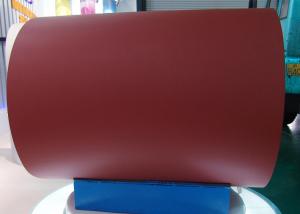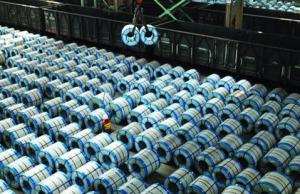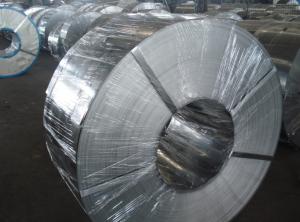Carbon steel billets, Alloy steel billets, Square steel billets
- Loading Port:
- China main port
- Payment Terms:
- TT OR LC
- Min Order Qty:
- 23 m.t.
- Supply Capability:
- 100000 m.t./month
OKorder Service Pledge
OKorder Financial Service
You Might Also Like
Item specifice
Carbon steel billets, Alloy steel billets, Square steel billets
Specifications:
Type | Steel billet / Square steel/ Steel square bar |
Standard grade | 3SP/PS, 5SP/PS, Q195, Q235, Q255, Q275, 20MnSi etc. |
MOQ | 1000 MT |
Technique | Hot rolled, Continuous casting and rolling |
Size | 50*50mm ~ 160*160mm |
Length | 3~12m |
Packing | Loose packing, in bundle |
Payment terms | T/T, L/C at sight, Usance L/C |
Trade terms | EXW, FOB, CFR, CIF |
Trans terms | FIO, FILO, FLT |
Inspection | Third party inspection accepted |
Delivery time | 15-30 days, according to the quantity |
Applications | carbon structural steel, wire rod, rod, deformed bars, profile steel, machine parts, and steel moulds etc . |
Note | Customized service is available (for sizes,length and chemical components etc.). |
Steel Grade:
Steel Grade | C % | Mn % | Si % | S % | P % |
Q195 | 0.06-0.12 | 0.25-0.50 | 0.30 Max | 0.04 Max. | 0.04 Max. |
Q235 | 0.12-0.22 | 0.30-0.60 | 0.30 Max. | 0.04 Max. | 0.04 Max. |
Q255 | 0.18-0.28 | 0.40-0.70 | 0.30 Max. | 0.045 Max. | 0.050 Max. |
Q275 | 0.27-0.38 | 0.50-0.80 | 0.30 Max. | 0.045 Max. | 0.045 Max. |
3SP | 0.14-0.22 | 0.40-0.85 | 0.15-0.30 | 0.050 Max. | 0.040 Max. |
5SP | 0.28-0.37 | 0.50-1.00 | 0.15-0.30 | 0.050 Max. | 0.040 Max. |
20MnSi | 0.17-0.25 | 1.00-1.60 | 0.40-0.80 | 0.050 Max. | 0.050 Max. |
Product Picture:
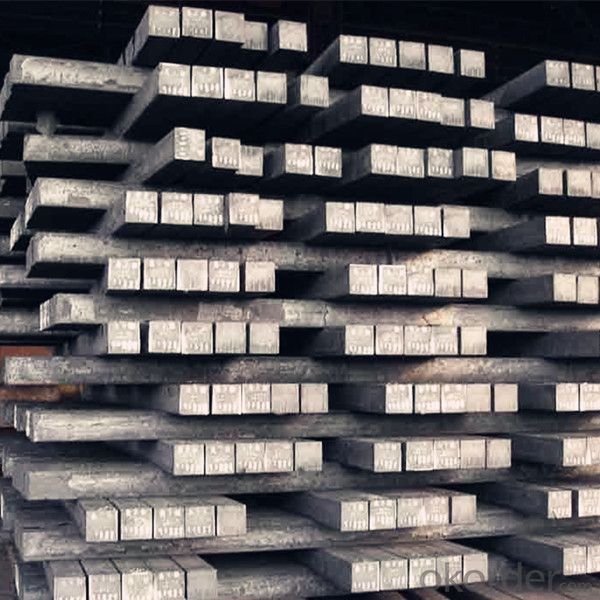
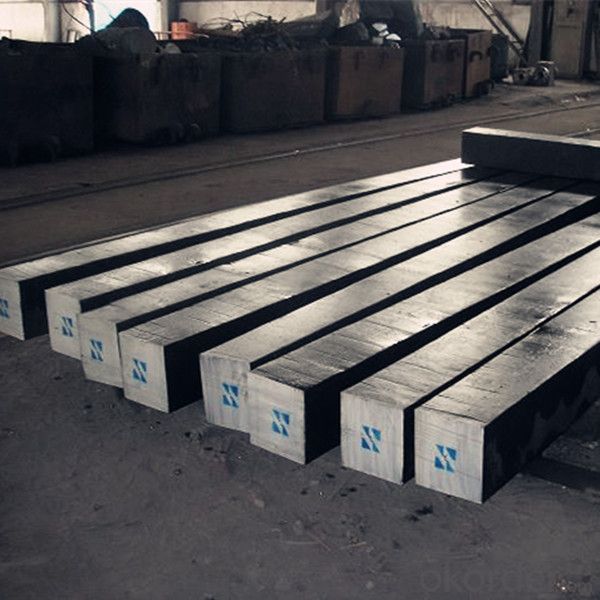
- Q:How do steel products contribute to the recreational and sports industry?
- Steel products contribute to the recreational and sports industry by providing durable and resilient materials for the construction of various sporting facilities and equipment. From stadiums and arenas to bleachers, fencing, and goalposts, steel structures offer strength and stability necessary for hosting large-scale sporting events. Additionally, steel is commonly used in the manufacturing of sports equipment such as bicycles, golf clubs, tennis racquets, and even roller coasters. Its robust nature ensures longevity, safety, and enhanced performance, making steel an indispensable component in the recreational and sports industry.
- Q:How is steel wire rope inspected for safety?
- Steel wire rope is inspected for safety through a comprehensive process that involves visual examination, non-destructive testing, and load testing. Trained inspectors carefully inspect the wire rope for any signs of wear, corrosion, or deformations that may compromise its integrity. Additionally, non-destructive testing methods such as magnetic particle inspection or ultrasonic testing are employed to detect any hidden flaws or defects within the rope. Finally, load testing is conducted to ensure the wire rope can withstand the expected loads without failure. By following these inspection procedures, the safety of steel wire ropes can be effectively evaluated and maintained.
- Q:What are the different types of steel products used in the food processing industry?
- Some of the different types of steel products used in the food processing industry include stainless steel tanks, pipes, valves, and equipment. These steel products are chosen for their corrosion resistance, durability, and ability to maintain hygiene standards in food processing environments.
- Q:What are the different types of steel wires and their applications in the automotive industry?
- There are several types of steel wires commonly used in the automotive industry, including high carbon steel wire, stainless steel wire, and alloy steel wire. High carbon steel wire is known for its strength and durability, making it suitable for applications such as tire reinforcement, suspension springs, and seat frames. Stainless steel wire, on the other hand, offers corrosion resistance and is often used in exhaust systems, fuel lines, and brake cables. Lastly, alloy steel wire combines different elements to enhance specific properties, such as tensile strength or heat resistance, and finds applications in components like engine valves and transmission gears.
- Q:How is steel used in the railway industry?
- Steel is used in the railway industry for various purposes such as manufacturing tracks, locomotives, and rolling stock. It provides strength, durability, and resistance to wear and tear, making it ideal for withstanding the heavy loads and constant movement associated with railway operations. Additionally, steel is used in the construction of bridges, tunnels, and other infrastructure components to ensure their stability and longevity.
- Q:How is steel used in the construction of railway stations?
- Steel is used in the construction of railway stations for various purposes, including the structural framework, platforms, staircases, and roofing. It provides strength, durability, and flexibility, allowing for the construction of large, open spaces and facilitating the movement of people and trains within the station. Additionally, steel is used for the fabrication of tracks, signaling systems, and other infrastructure components, ensuring the safe and efficient operation of the railway station.
- Q:How does steel sheet metal welding and joining work?
- Steel sheet metal welding and joining involve the process of fusing two or more steel sheets together through the application of heat and pressure. This is typically achieved using various welding techniques such as arc welding, resistance welding, or laser welding. These methods create a strong bond by melting the edges of the sheets, allowing them to fuse together and form a continuous joint. The process requires skilled welders, precise control of heat input, and proper preparation and cleaning of the metal surfaces to ensure a durable and reliable connection.
- Q:How are steel products used in the construction of airports and terminals?
- Steel products are used extensively in the construction of airports and terminals due to their durability, strength, and versatility. Steel is used for structural components such as columns, beams, and trusses, providing a strong framework for the airport or terminal building. Steel is also used for roofing and cladding, ensuring weatherproof and long-lasting exteriors. Additionally, steel is utilized in the construction of bridges, walkways, and canopies, providing a safe and functional infrastructure for passengers and staff. Overall, steel products play a crucial role in the construction of airports and terminals by providing reliable and efficient solutions for various architectural and structural requirements.
- Q:How is steel plate cut and shaped?
- Steel plates can be cut and shaped using various methods such as thermal cutting (using oxy-fuel or plasma), mechanical cutting (shearing or sawing), or laser cutting. Once the initial cutting is done, the steel plate can be further shaped through processes like bending, rolling, or forming to achieve the desired dimensions and contours. These methods ensure precise and accurate cuts and shapes, allowing steel plates to be used in a wide range of applications.
- Q:What are the advantages of using steel products in construction?
- There are several advantages of using steel products in construction. Firstly, steel is known for its exceptional strength and durability, making it a reliable choice for constructing buildings, bridges, and other structures. It can withstand harsh weather conditions, earthquakes, and fire, ensuring the safety of the occupants. Secondly, steel is highly versatile and can be easily molded into various shapes and sizes, allowing for flexibility in design and construction. Additionally, steel is a sustainable material as it can be recycled, reducing the environmental impact of construction projects. Lastly, steel offers cost-effectiveness in the long run as it requires minimal maintenance and has a longer lifespan compared to other materials.
1. Manufacturer Overview |
|
|---|---|
| Location | |
| Year Established | |
| Annual Output Value | |
| Main Markets | |
| Company Certifications | |
2. Manufacturer Certificates |
|
|---|---|
| a) Certification Name | |
| Range | |
| Reference | |
| Validity Period | |
3. Manufacturer Capability |
|
|---|---|
| a)Trade Capacity | |
| Nearest Port | |
| Export Percentage | |
| No.of Employees in Trade Department | |
| Language Spoken: | |
| b)Factory Information | |
| Factory Size: | |
| No. of Production Lines | |
| Contract Manufacturing | |
| Product Price Range | |
Send your message to us
Carbon steel billets, Alloy steel billets, Square steel billets
- Loading Port:
- China main port
- Payment Terms:
- TT OR LC
- Min Order Qty:
- 23 m.t.
- Supply Capability:
- 100000 m.t./month
OKorder Service Pledge
OKorder Financial Service
Similar products
New products
Hot products
Related keywords
